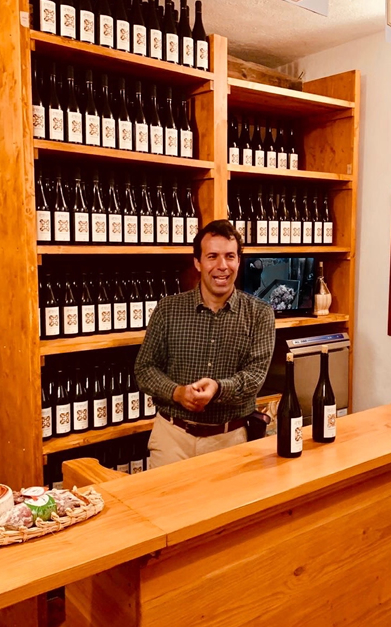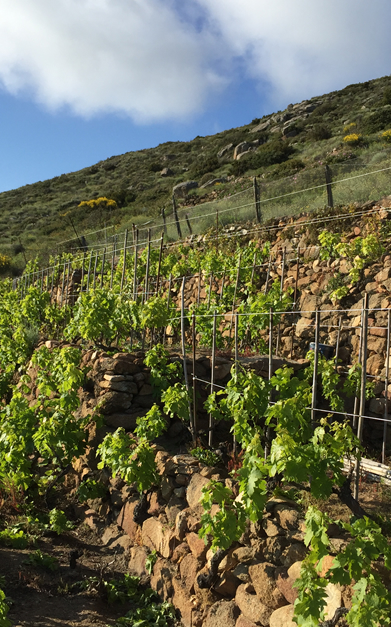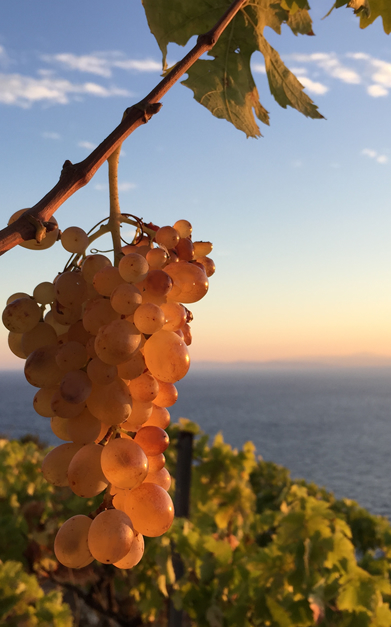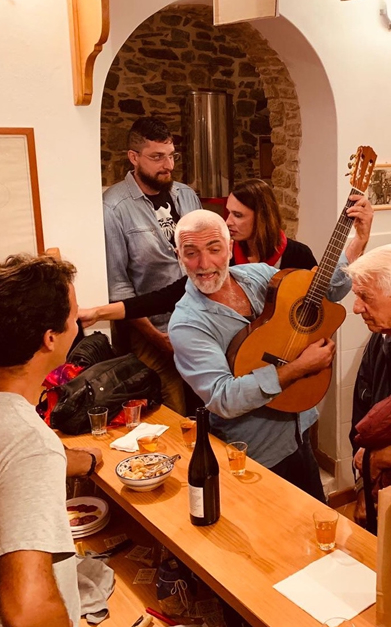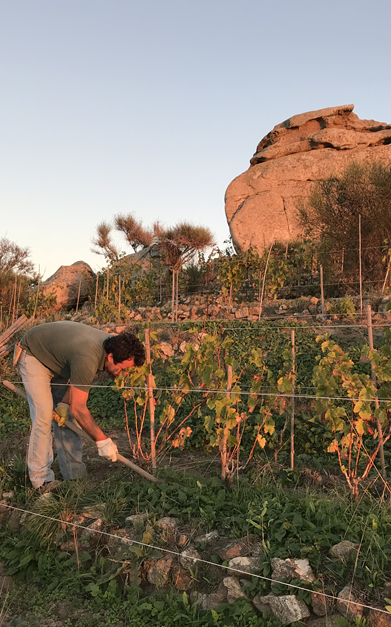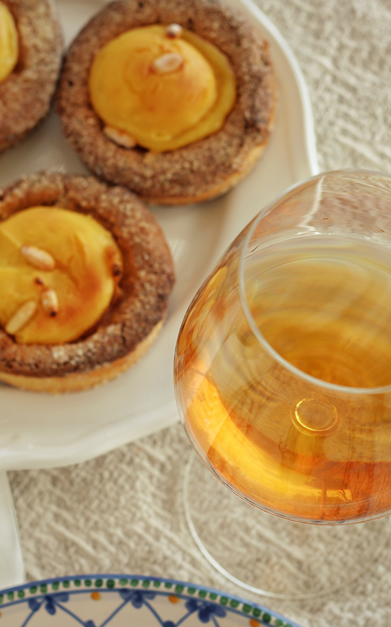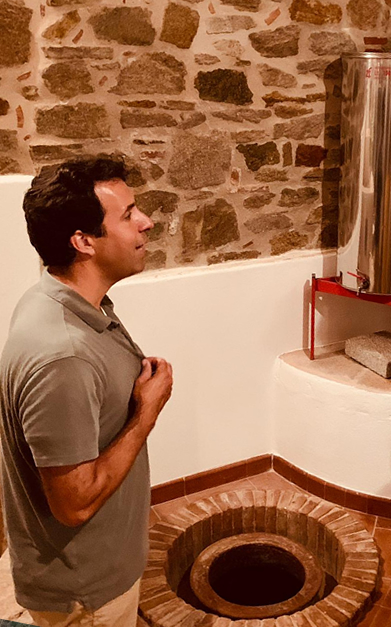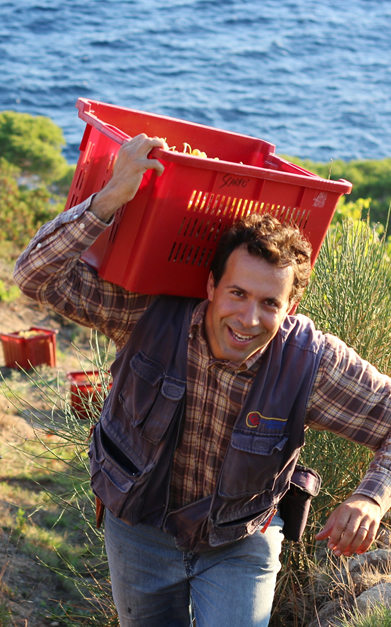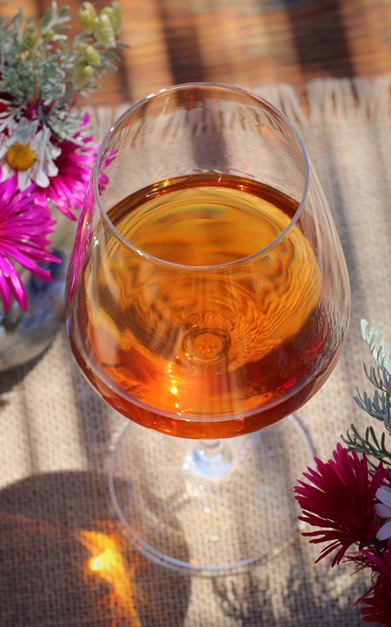Ansonaco Wine of Giglio Island
Cantine Scarfo' is a family winery that produces wines with simplicity and sincerity, letting the grapes and territory define the wine so as to offer a unique and original experience. Each wine is produced with the utmost care and with the least amount of intervention in the cantina. The harvest, winemaking and bottling all take place on the Island of Giglio.

Traditional Ansonaco Wine
Ansonaco Wine
This ansonaco wine is made following the old traditions of Giglio, letting the must ferment for four days with the skins to obtain the amber color. This dry, full-bodied orange wine offers the flavor found in the old cellars of Giglio.
Read MoreIsland of Giglio
Explore the charm, beauty and history of Giglio Island. The tradition of winemaking on the island is one that began before the time of the Romans. Evidence of this ancient wine culture is still present in many areas of the island.
Read MoreWinemakers
Meet the producers of these handcrafted wines. To allow the ansonica grape to express itself and its terroir, ansonaco wine is made in the winery with the utmost respect and minimal intervention.
Read More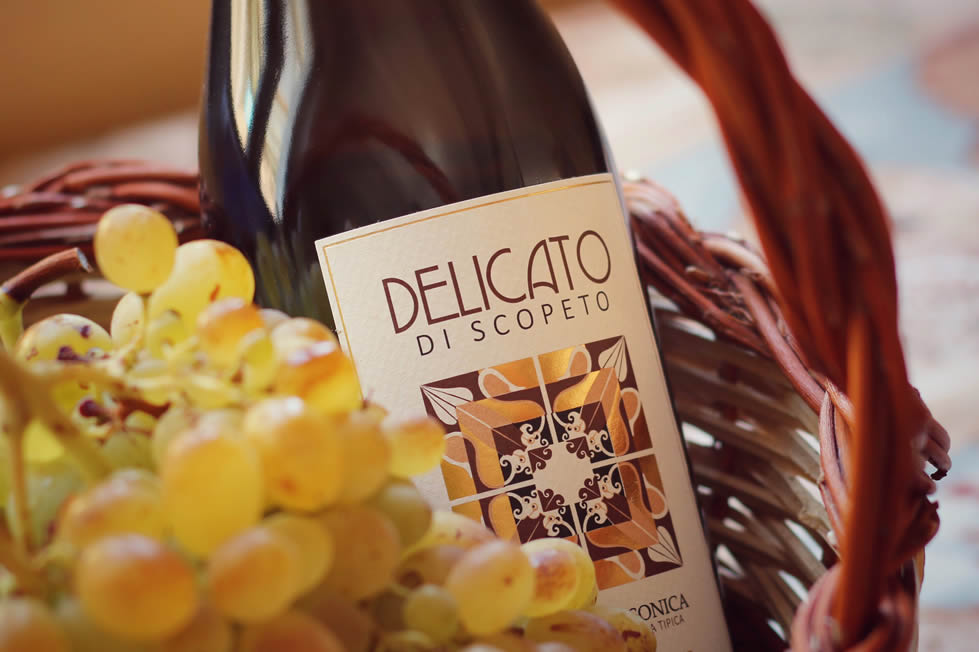
Shop for Giglio Wines
Shop Online
Cantine Scarfo’ offers you the convenience of purchasing wines from our cellar online. Your wine order will arrive to your home in just a few short days so you can start enjoying your island wine in no time.
Free shipping on orders of 6 bottles or more.
Buy directly from the producer. Free shipping throughout Italy for orders of 6 bottles or more.
SHOP NOW
Explore the Vineyards of Giglio
Vines & Vineyards
Ansonaco Wine
Rich amber color. Subtle, pleasant bouquet of flowers and honey with notes of Mediterranean flora. Robust, with notes of apple and apricot.
Local Ansonaco Wine
Cantine Scarfo’ is a small, family winery that makes elegant, intensely flavored, and well-balanced wines that showcase the “terroir” of the island vineyards. In this way, the flavor and aromas of the vineyards can be experienced through the wine. Traditional approaches to the craft of winegrowing and winemaking contribute to charm of these authentic local wines.
The Terroir
In order to allow the grapes to express themselves and the territory, in the cellar the wine is made with the utmost respect and the minimum intervention. All winemaking practices from vineyard to cellar are organic and ecologically sustainable.
Grape Harvest
During the harvest in September, the grapes are handpicked and placed in crates that are carried on the shoulders of our strongest helpers, up the steep terraces and trails until they reach the roadway. The harvest, winemaking and the bottling all take place on the Island of Giglio.
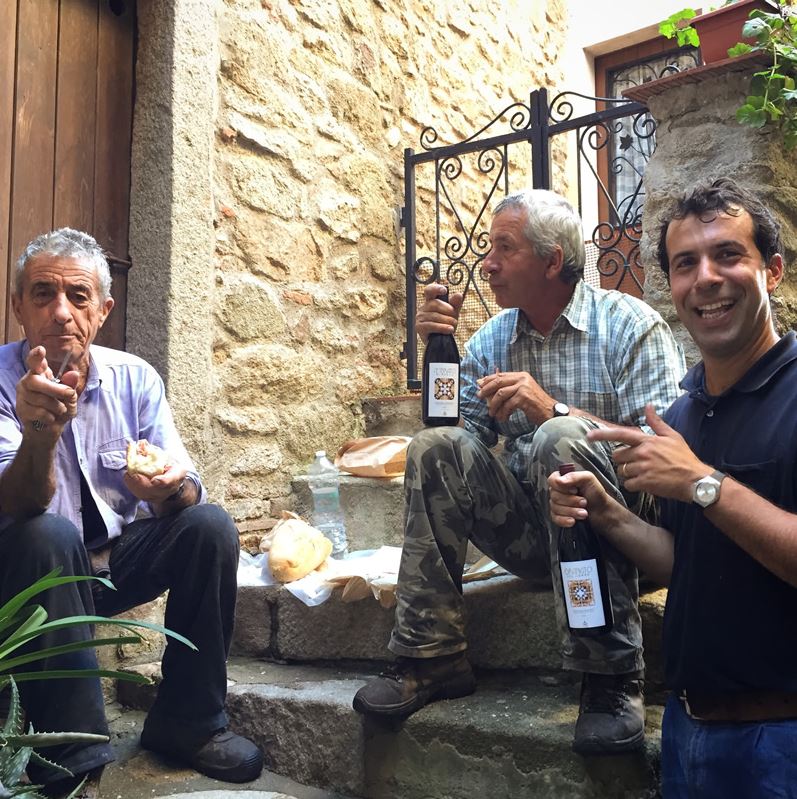
Conservation of Traditional Winemaking
The history of winemaking on the Island of Giglio dates back to before the Romans. Basins carved into granite and used for the purpose of pressing the grapes and making wine are present in numerous vineyards throughout the island, some of which are truly ancient. The ‘muro a secco’ terracing is still visible all over the island and tells a story of a time when the whole island was cultivated. The locals tell stories of ancient vines with thick, gnarled trunks, that have survived the test of time. One of the most famous of the old vines was located in the south of the island, however, in recent times it was lost in a wildfire. Thankfully, those cultivating the land near the old vine, took clippings over the years and traces of the vine are still present in several vineyards.
Many old-vine vineyards on the island have been abandoned. Other old-vines have been the victims of the arrival of new vintners who have intentionally removed the ancient vines, replacing them with new vines from the mainland. In the hopes of preserving the rich winemaking history of the island, Cantine Scarfo’ has rescued several old-vine vineyards and through careful cultivation and organic practices has helped the old vines survive. All old vines are cared for and when it comes time for pruning, their clippings are selected and grafted to young vine stock in order to continue their legacy. The challenges of cultivating these steeply terraced vineyards are many, but even greater is satisfaction behind honoring and practicing the local traditions of winemaking.
